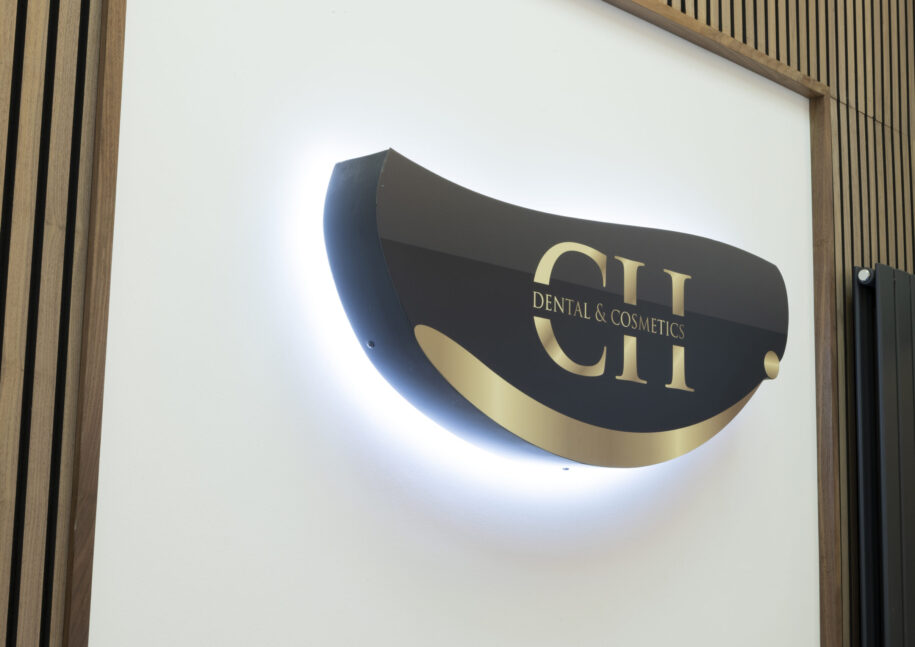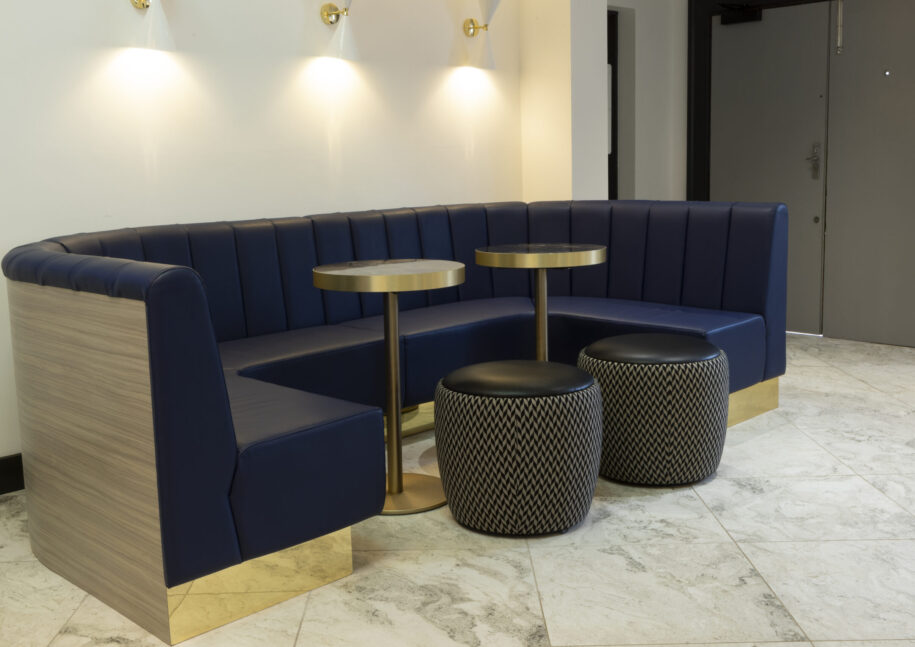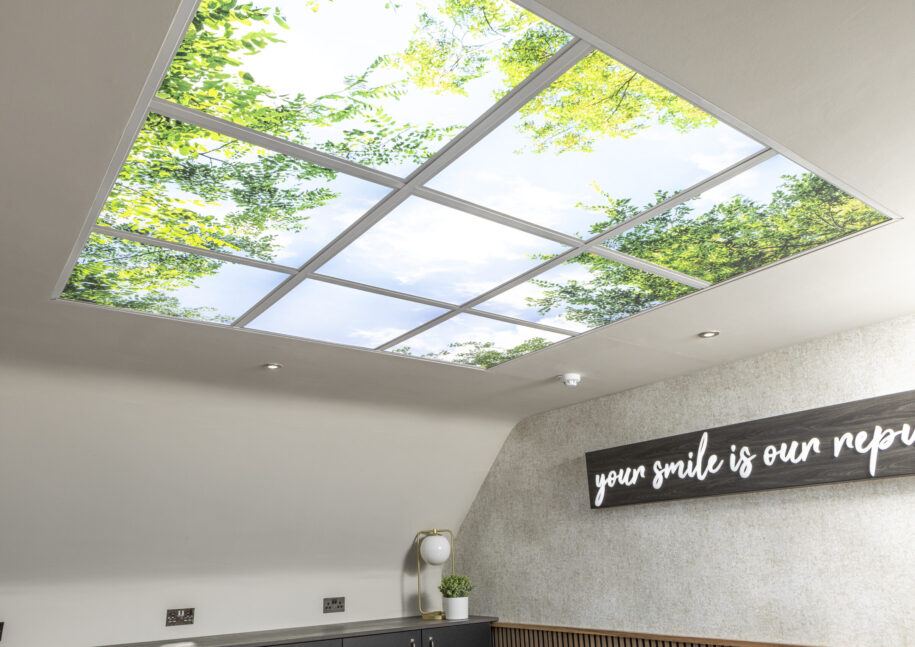Do I Need To Wear My Retainer For Life – Here’s What You Need To Know
- Home
- /
- Blog
- /
- Dental Advice
- /
- Do I Need To Wear My Retainer For Life – Here’s What You Need To Know
23 October 2024
Do I Need To Wear My Retainer For Life – Here’s What You Need To Know
One of the things many people don’t realise about orthodontic therapy is the need to wear a retainer after treatment. Patients come through months or even years of wearing aligners or braces only to find that when the appliance is removed for the final time, it isn’t the end of the journey. They’re now faced with another commitment – a retainer. So, how long is it really necessary to wear one?
Google the question “Do I need to wear my retainer for life?” and you’ll get a slew of different answers which can be confusing, so, in this article we’ll talk about why retainers are important but also, whether lifelong wear is essential. So, let’s get started…
Why Is A Retainer Necessary?
To understand this question, we first need to look at the dynamics of tooth movement. When sustained force is applied to the tooth, it triggers a biomechanical response at the periodontal ligament – a fibrous elastic membrane responsible for attaching the tooth root to the alveolar (jaw) bone. As soon as the ligament detects force, it too compresses and stretches to accommodate the tooth’s new position.
As you can imagine, this process works as long as sustained force is continually applied, but as soon as the appliance is removed for any length of time, the stretched PDL starts to relax just like an elastic band. As it does so, it pulls the tooth back to its original starting position. This is where an orthodontic retainer comes in. A retainer keeps the teeth from shifting back to their old position.
But here’s the million-dollar question…
How long do I need to wear my retainer?
The good news is that you probably won’t need to wear it every day for life, the bad news is that during the first 12-24 months, you’ll be wearing it a lot. While this rule isn’t set in stone and will differ from patient to patient, we thought we’d try to provide you with a rough timeline, so you know what to expect.
6-12 months after treatment
During the first 6-12 months you can expect to wear your retainer all the time. That’s 24/7 except when eating, brushing or flossing. This time period – particularly the first three months is crucial because it’s the time that teeth are most likely to relapse. In fact, it’s suggested that without a retainer, particularly in the early stages, teeth can start to shift within a matter of weeks.
So, in reality, patients can expect to wear their retainer night and day, only removing it for eating and cleaning.
After the first year
Once teeth have remained in position for over 12 months they should have relative stability in the jaw. That is all bone remodelling has taken place and the tooth and associated ligament are now settled in their new position. However, there’s still a distinct possibility of movement. To err on the safe side, it’s recommended that a retainer is worn overnight while you sleep.
Overnight wear is usually much easier for patients to manage yet should still be sufficient to maintain a straighter smile.
Long-term wear
Despite the tooth now being stable in the jaw, factors like ageing, jaw growth and habitual problems like teeth grinding (Bruxism) can all cause teeth to shift. So even when teeth are beautifully aligned post-treatment, natural forces are always present that can undo all the hard work that braces or aligners achieve.
For this reason, in the longer term, it’s always best to wear a retainer for several nights a week, indefinitely.
This is where the lifetime commitment comes into play as it’s easy at this stage to throw your retainer in the back of the drawer and forget about it altogether. However, doing so may see your teeth move back to their original position over a relatively short period.
So, do I really need to wear my retainer for life?
In a word, probably! But while it may appear daunting, the truth is that commitment lessens over time. That said, you will need to be diligent with it, particularly during the first 6-12 months and less so after that but in reality, a retainer is a small price to pay for a beautifully straight smile that lasts a lifetime.
What about the future? Will retainers always be necessary after orthodontic treatment?
Orthodontic retention remains one of the great challenges in dentistry, yet the industry is ever-evolving. It’s no surprise, therefore, that technological, medicinal and biological developments are all being investigated to solve the age-old problem of keeping teeth straight without the need for long-term retainers.
For example, new technology is currently being worked on that can closely investigate and monitor the rate of retention; while biological investigations are looking into the relationship between Sclerostin, a protein released by cells that block bone forming-osteoblasts and extracellular vesicles (EVs), cells that help promote bone formation.
Additionally. medicines that reduce the rate of orthodontic retention are also being investigated, so there is hope that a combination of one or more of the above will help to preserve the new position of the tooth without the need for long-term retainer use. However, tests are in the early stages.
For now, the good news is that technological developments make modern-day retainers far more comfortable to wear while digital workflow such as 3D scanning and printing mean that retainers can be fully customised to ensure the very best outcomes for every patient.
So, there you have it. Hopefully, we’ve addressed the answer to the question “Do I need to wear a retainer for life?”
If you’re unsure about your retainer schedule or you need a retainer fitted after orthodontic treatment, come and talk to the team at Cheadle Hulme Dental and Cosmetics. Our experienced team will help you to ensure your smile remains as perfect as the day your braces were removed.
Call Cheadle Hulme today and together, we’ll keep your smile straight for life!
Get in touch
Categories
- Adult Braces
- Clear Aligners
- Composite
- Composite Veneers
- Cosmetic Dentistry
- Cosmetic Procedures
- Dental Advice
- Dental Anxiety
- Dental Bridges
- Dental Health
- Dental Hygiene
- Dental Implants
- Dental Insurance
- Dentures
- Research
- Gentle Dentistry
- Implants
- Invisalign
- News
- Oral Health
- Oral Hygiene
- Orthodontic Treatments
- Pain Free Dentistry
- Phobia
- Practice News
- Smile Makeovers
- Stain Removal
- Technology
- Teeth Straightening
- Teeth Whitening
- Treatment Offers
- Treatment Packages
- Veeners
- Your Dentist
Treatments
Taking your smile in a positive direction
When it comes to a friendly, caring, and professional dentist in Cheadle Hulme, you won’t find better than Cheadle Hulme Dental and Cosmetics. Why not book an appointment by contacting us directly at 0161 486 0743? We look forward to welcoming you.








